INSTANT - Use Case
Camera-based forecasting for a hybrid gold mine in Mali

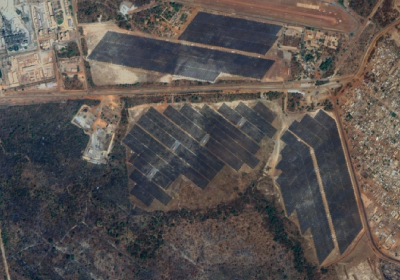
ISOLATED INDUSTRIAL CONTEXT
Guaranteeing a stable supply without storage in a complex microgrid
CalibSun's INSTANT service, based on hemispherical cameras and nowcasting algorithms, now enables one of Africa's largest mining sites to maximize reliance on solar power and avoid power drops
At the Loulo site in Mali, mining giant BARRICK Gold, the world's second-largest gold producer, has integrated 24 MWp of photovoltaics into its energy system, historically powered by heavy fuel oil and diesel generators. The aim: reduce greenhouse gas emissions and operating costs, while maintaining a reliable power supply in an environment totally isolated from the grid.
This technological challenge was successfully met thanks to the collaboration between AFRICAN POWER SERVICES (EMS integration and control), SPIE Industrie & Tertiaire (camera installation and maintenance) and CalibSun, with scientific support from MINES Paris - PSL & ARMINES.
INSTANT anticipates variations in photovoltaic production by detecting clouds up to 50 km away, using a network of fisheye cameras. The system sends up-to-the-second forecasts to the energy management system, enabling the thermal generators to be started or reduced 15 minutes before solar production falls.
CONCRETE RESULTS
Proven environmental and economic benefits from the very first year
- 15.6 megaliters of fossil fuels avoided in one year
- 42,050 tonnes of CO2 emissions saved
This success has enabled BARRICK Gold to double its on-site solar capacity by 2024. The initial "test & learn" approach on 20 MWp proved the maturity of the forecasting technologies developed by CalibSun and its partners.
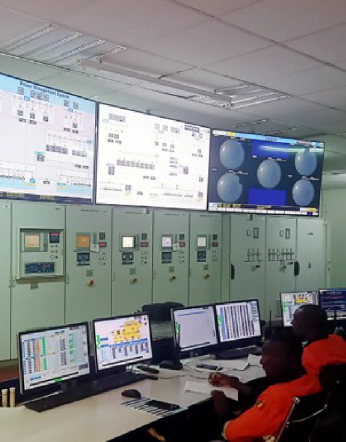
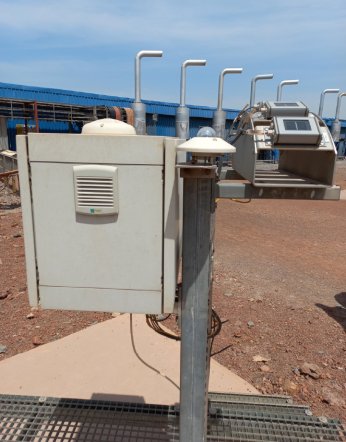
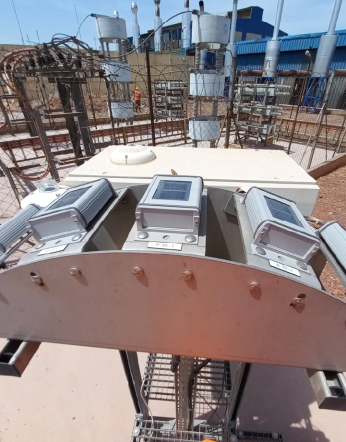
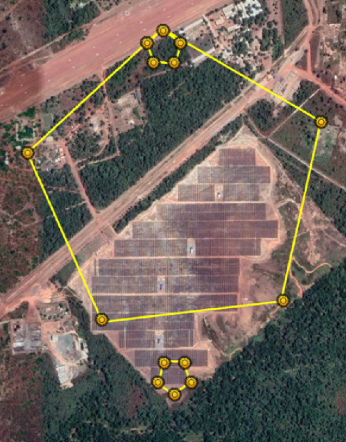

"This project is an example of how we partner with suppliers and technology leaders to deliver a world-class project in one of Africa's most remote regions."
- Rousseau Jooste, Chief AME Engineer at BARRICK Gold
INSTANT, a strategic tool for the energy transition in remote areas
INSTANT is a strategic lever for all manufacturers wishing to integrate more solar power into their operations, without compromising grid stability or investing in expensive batteries.
With INSTANT, manufacturers can:
- Drastically reduce their dependence on fossil fuels
- Integrating photovoltaics without compromising electrical stability
- Postpone or avoid investment in expensive batteries


 en
en 
 fr
fr es
es de
de